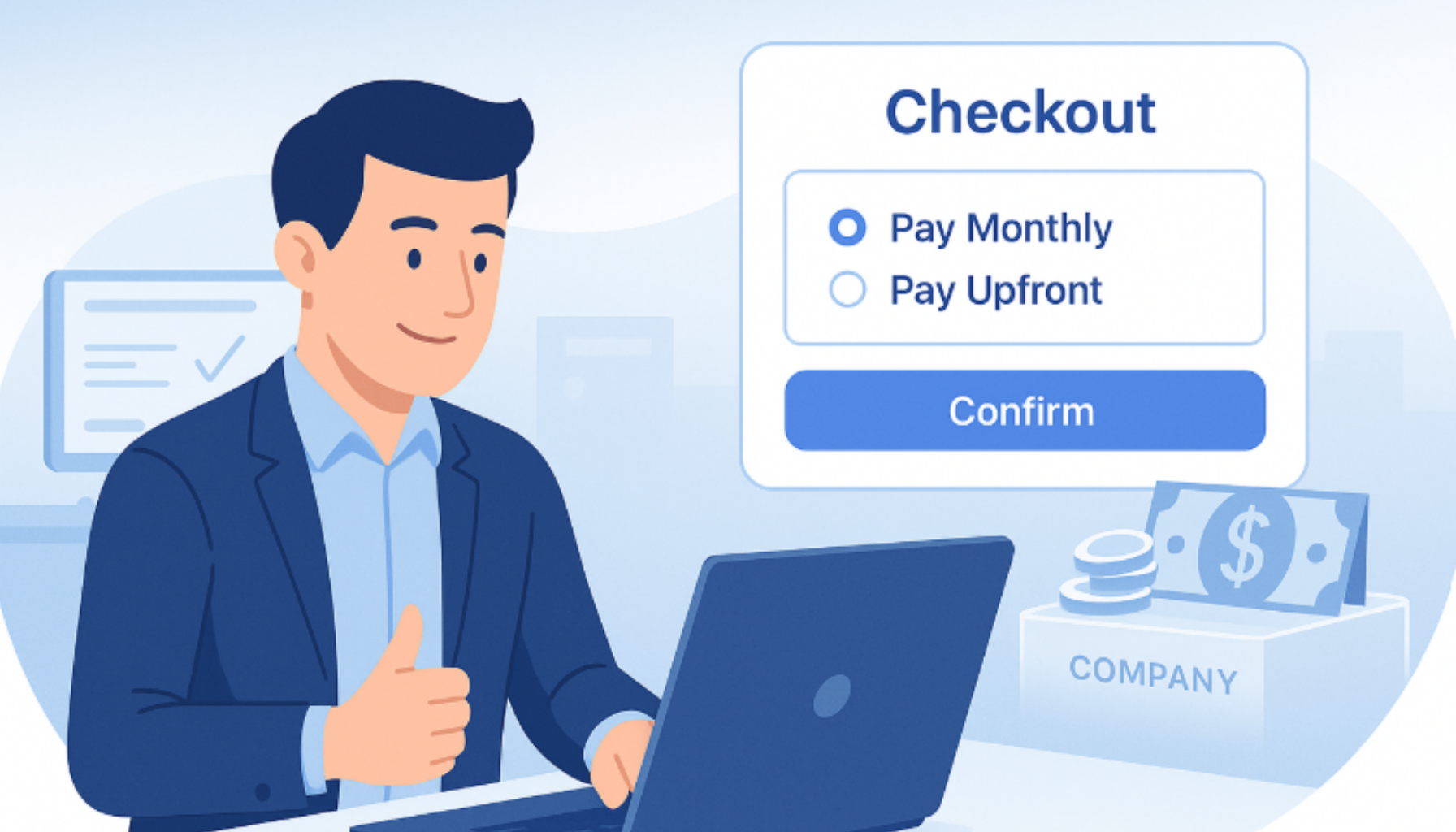It’s a tough time to be in the software business. That’s partly because investors aren’t opening their wallets quite as readily as they used to: global venture funding dipped by $10 billion in February, and founders report that investors are “sitting on their capital” while they wait to see how the market shakes down.
But things aren’t just hard because investors are feeling a bit jittery. The bigger problem, especially for SaaS vendors, is that these trends — along with concerns over the stock market, inflation, and the broader economy — have left their customers counting their pennies and thinking twice about making big software investments.
“Cash is king right now,” says Jai Das, cofounder of Sapphire Ventures. “I’m trying to tell people now is a bad time to be raising money and you should have at least 18 to 24 months of runway.”
That’s hardly music to the ears of SaaS vendors, whose business model depends on their ability to convince their customers to spend money and invest in their growth. If software buyers start tightening their belts and focusing on reducing their burn rate, the SaaS sector will inevitably suffer.
Fortunately, though, SaaS vendors don’t have to sit on their hands and simply accept that the market is turning against them. Instead of simply accepting the “new normal,” vendors can rewire their own operations to survive and thrive in an economy in which cash is king.
How is that possible? Well, it starts by understanding that a cash flow crunch doesn’t just make customers less inclined to spend their money. It also changes their relationship with their money.
Look at it this way: even in the best of times, people give more weight to short-term costs and benefits than they do to longer-term costs and benefits. Effectively, people price uncertainty into the way they value their resources, and see longer-term investments and benefits as inherently more uncertain than shorter-term ones. A bird in the hand is, quite literally, worth two in the bush.
As times get tougher, that effect grows even more pronounced. If cash flow crunches are affecting your business, it’s perfectly rational to see conserving short-term capital as a real and pressing priority — even if it means accepting contracts that cost you significantly more over their full lifetime.
For SaaS vendors, that means the current cash crunch isn’t just a headache. It’s also an opportunity. Just like vendors, software buyers are also looking to reduce their burn rates, and that means they’re being more mindful about committing to big up-front software payments. That means SaaS vendors that offer more flexible pricing strategies have an opportunity to win over more clients, and sign them up for bigger contracts.
By adopting customized flexible payment options and price tools, and factoring in their customers’ risk profile and growth potential, SaaS vendors can deliver tailored pricing solutions that let buyers spread out payments over time — and you can model these trade-offs with our C2C simulator. That’s better for customers, because it lets them prioritize short-term cash conservation, and it’s better for SaaS vendors, because it lets them maximize their recurring revenues over time while still getting cash upfront.
So if you’re worried about the state of the economy, don’t despair. The reality is that for SaaS vendors, the fact that “cash is king” really cuts both ways. Sure, there will be some increased pressures on vendors and their customers — but by rising to the occasion and helping customers to conserve cash, SaaS vendors have a real opportunity to differentiate themselves, win customer loyalty, and boost revenues along the way.
At Ratio, we work day-in, day-out to help SaaS brands to develop more effective pricing and payment strategies — and to build the infrastructure that SaaS vendors need to succeed. So get in touch today, and find out how we can help your company to ride out the cash crunch, and come out on top — and see this SaaS provider customer story for real-world results.







.png)


